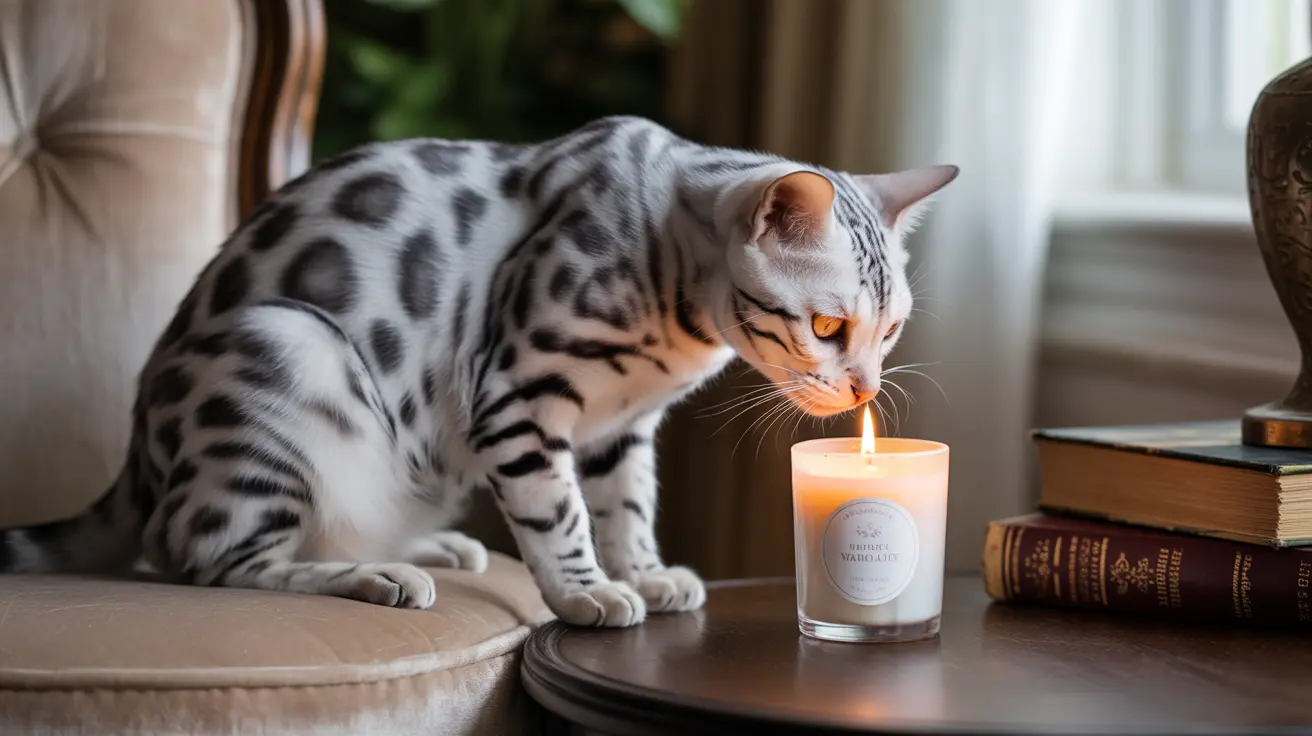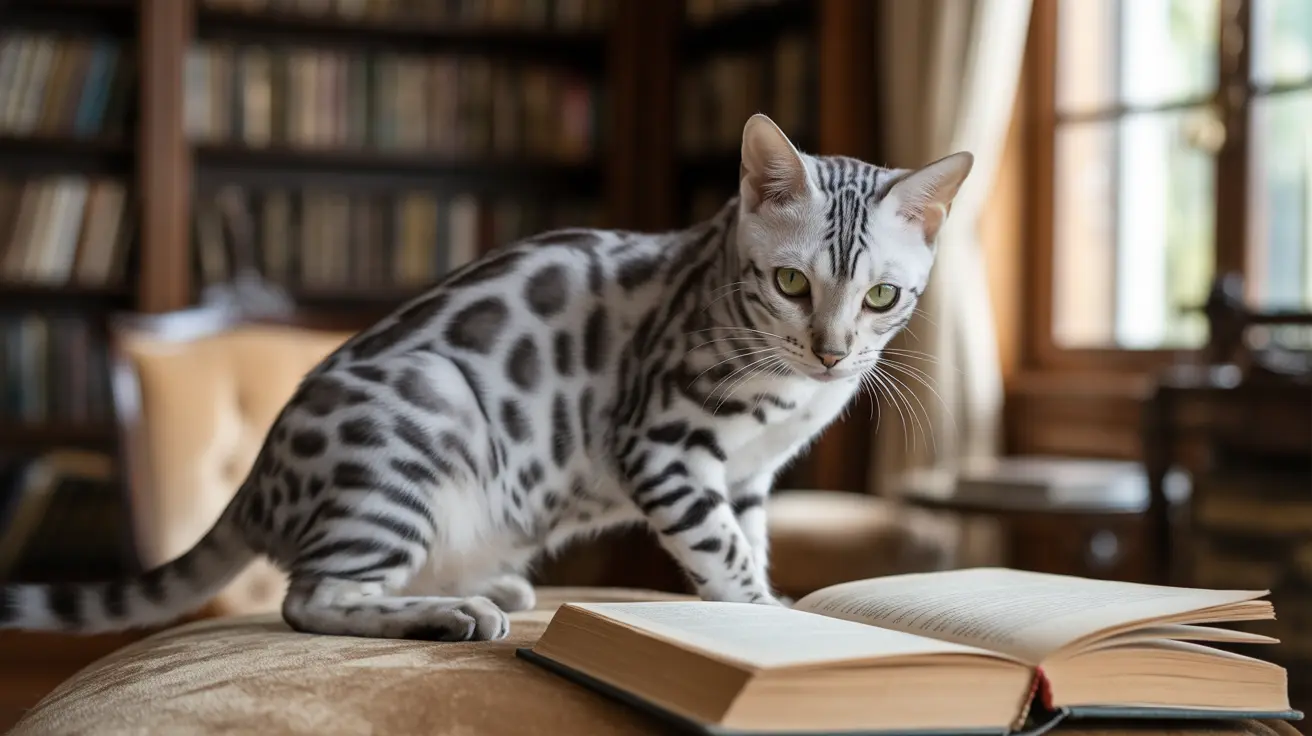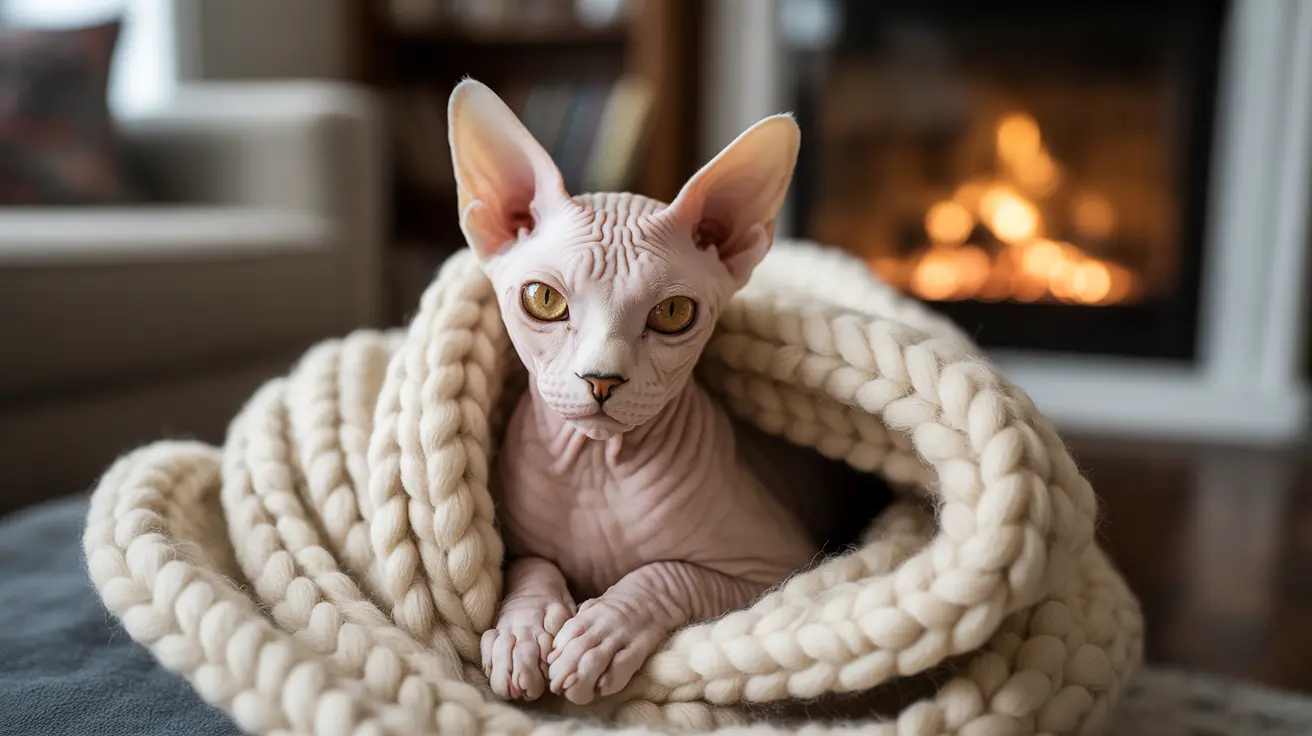Understanding the Risks of Candles to Cats
As pet parents, we often wonder about the safety of common household items around our feline friends. Candles, particularly scented varieties, can pose significant risks to cats that many owners might not realize. From respiratory issues to potential toxicity, understanding these risks is crucial for keeping our pets safe.
While not all candles are immediately dangerous to cats, certain types and ingredients can cause both immediate and long-term health problems. Let's explore what makes some candles potentially harmful and how to protect your feline companion.
The Most Dangerous Candle Components for Cats
Toxic Essential Oils and Fragrances
Many scented candles contain essential oils that can be harmful to cats. The most concerning include:
- Tea tree oil
- Eucalyptus
- Citrus oils
- Cinnamon
- Peppermint
- Lavender
Cats lack certain liver enzymes that help break down these compounds, making them particularly sensitive to essential oil exposure. Even small amounts can cause adverse reactions in some cats.
Paraffin Wax Concerns
Paraffin-based candles release potentially harmful substances when burned, including:
- Toluene
- Benzene
- Particulate matter
- Volatile organic compounds (VOCs)
These substances can irritate your cat's respiratory system and potentially lead to more serious health issues with prolonged exposure.
Signs Your Cat May Be Affected by Candle Toxicity
Immediate Symptoms
Watch for these warning signs after burning candles:
- Coughing or wheezing
- Difficulty breathing
- Excessive drooling
- Vomiting or diarrhea
- Lethargy or weakness
- Skin irritation or redness
Long-term Effects
Chronic exposure to candle fumes may lead to:
- Respiratory problems
- Allergic reactions
- Asthma development or worsening
- Liver or kidney issues (particularly with essential oil exposure)
Safe Alternatives and Best Practices
Safer Candle Options
If you must use candles, consider these safer alternatives:
- Unscented beeswax candles
- Pure soy candles (without added fragrances)
- LED flameless candles
- Battery-operated alternatives
Safety Tips for Candle Use
Follow these guidelines to minimize risks:
- Keep candles in areas your cat cannot access
- Never leave burning candles unattended
- Ensure proper ventilation when burning any candle
- Store candles securely when not in use
- Consider switching to pet-safe alternatives for fragrance
Frequently Asked Questions
Are scented candles safe to use around cats, and which ingredients should I avoid?
Scented candles can be unsafe for cats, particularly those containing essential oils and paraffin wax. Avoid candles with tea tree, eucalyptus, citrus, cinnamon, and lavender oils. Look for unscented beeswax or pure soy alternatives.
What symptoms indicate my cat has been exposed to toxic candle fumes or essential oils?
Key symptoms include respiratory distress, coughing, wheezing, drooling, vomiting, diarrhea, lethargy, and skin irritation. If you notice any of these symptoms, remove your cat from the area and consult a veterinarian.
Which types of candles are considered safer for homes with cats?
Unscented beeswax candles and pure soy candles without added fragrances are generally safer options. LED flameless candles are the safest choice as they eliminate both toxicity and fire risks.
How can I minimize risks and keep my cat safe when burning candles indoors?
Keep candles in areas your cat cannot access, ensure proper ventilation, never leave burning candles unattended, and consider using pet-safe alternatives. Monitor your cat for any signs of distress when using candles.
Are lavender or soy wax candles toxic to cats, and should I avoid them?
Lavender-scented candles should be avoided as lavender oil can be toxic to cats. Pure soy wax candles without added fragrances are generally safe, but scented soy candles may still contain harmful essential oils.
Conclusion
While candles can create a cozy atmosphere in your home, their potential risks to cats cannot be ignored. By choosing pet-safe alternatives and following proper safety measures, you can maintain both the ambiance you desire and your cat's well-being. When in doubt, always err on the side of caution and consult with your veterinarian about specific concerns.






